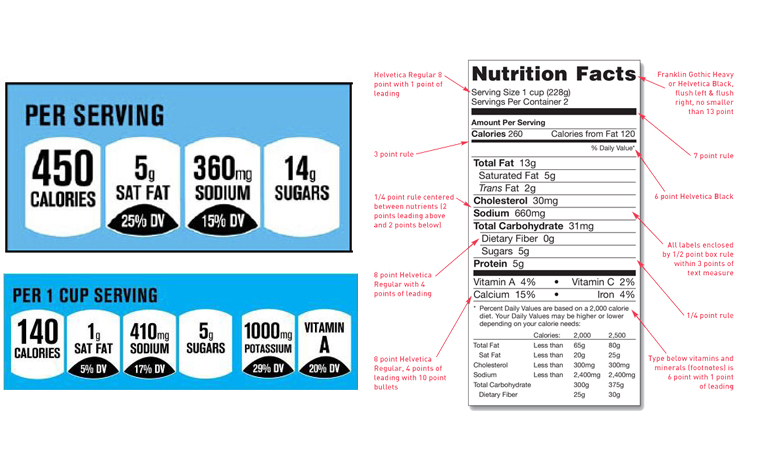Researchers from the University of Mississippi and the University of Arkansas have found that there are varying effects from nutrition labels on the front of food packaging.
Both institutions compared information on food packaging to determine how nutritional information is highlighted on the front and how that affects consumer decisions. Through the research, it was found that different formats were more effective in different situations.
“Currently, many different types of front-of-package nutrition information formats appear on product labels and their effectiveness in different choice contexts needs to be better understood,” Christopher Newman, a University of Mississippi assistant professor of marketing, said. “We believe that public policy decision makers such as those at the Food and Drug Administration must consider how well the type of nutrition information presented on a product label matches the consumer’s specific type of choice task.”
Many consumers will evaluate products simultaneously to determine which item will be the best for them in a nutritional sense. Other factors will also affect this including varieties in flavors and the prices of items. The research team compared quantified labels listing facts and those that were more general, like a store-specific label indicating that the product is a healthy option.
“Our research suggests that there is no single, ‘one-size-fits-all’ front-of-package nutrition label that is suitable for all the different types of situations in which consumers are evaluating and choosing products,” University of Arkansas professor of marketing Elizabeth Howlett said.


 Alerts Sign-up
Alerts Sign-up